Retro Replay Review
Gameplay
Rambo delivers a classic side-scrolling platform experience that captures the tension of John Rambo’s covert mission in Vietnam. From the moment you take control, the game emphasizes precise movement, timed jumps, and quick reactions as you traverse military bases, dense jungles, murky swamps, and eerie caves. The core objective—to photograph a POW camp under strict orders—evolves into a high-stakes rescue, giving each level a sense of narrative purpose that drives you forward.
The level design challenges players to navigate a multi-layered map in all four cardinal directions. Finding markers for North and South lets Rambo ascend or descend platforms, while edging to the left or right of the screen reveals hidden routes. This exploration mechanic encourages careful observation of terrain and strategic backtracking to uncover mission-critical items or alternate paths to enemy strongpoints.
Combat is a central pillar of the gameplay, featuring six distinct weapons: the trusty knife, a throwing knife, a standard bow and arrows, explosive arrows, a firearm, and hand grenades. Each ranged weapon (except the knife) relies on limited ammunition, which you must scavenge from defeated foes. This forces you to weigh your ammo usage carefully, choosing when to engage multiple guards—who wear colored shirts indicating their strength—and when to conserve resources for tougher encounters.
Progression is balanced through health vials scattered throughout levels and a password save system that lets you resume your mission after setbacks. The learning curve is fair but firm: early animal threats like wasps, snakes, and fish teach you to react quickly, while later sequences featuring tigers, bats, spiders, birds, apes, and flamingos ratchet up the intensity. Players who appreciate methodical exploration and tactical combat will find Rambo’s gameplay loop both challenging and deeply satisfying.
Graphics
Rambo’s pixel art style evokes the gritty atmosphere of 1980s action films, with bold color palettes distinguishing each environment. The dense green of the jungle contrasts sharply with the muted browns of swamp mud and the deep grays of cave interiors, giving each stage its own visual identity. This variety keeps the scenery fresh as you push further into enemy territory.
Environmental details abound: swaying vines, rustling foliage, dripping water, and flickering torchlight create an immersive backdrop for your infiltration. Subtle parallax scrolling enhances the sense of depth, while dynamic lighting adds tension during night-time or subterranean missions. Even the POW camp feels foreboding thanks to its barbed-wire fences and watchtower silhouettes.
Character and enemy sprites are well-animated for their era. Rambo’s movements—from sprinting and crouching to firing and slashing—feel fluid, and each enemy type has distinct attack patterns and animations. Explosions from grenades, arrow impacts, and muzzle flashes are rendered with satisfying clarity, making each firefight visually engaging.
Performance remains stable across consoles, with minimal slowdown even when multiple enemies and projectiles appear on screen. While the resolution and color depth are naturally limited by the hardware, the overall presentation delivers a polished, cinematic feel that complements the game’s high-octane action.
Story
At its core, Rambo follows a simple yet compelling narrative: John Rambo, recently imprisoned by his own military, is enlisted by Colonel Trautman for a reconnaissance mission in Vietnam. The plot’s initial restraint—“do not engage the enemy or rescue POWs”—sets the stage for a moral quandary that defines Rambo’s character and hooks the player from the outset.
Upon reaching Vietnam, Rambo’s partnership with his local contact, Co, provides the first glimpse of the oppressed POWs and the relentless enemy forces guarding them. Co’s guidance feels genuine, giving emotional weight to every photograph you’re ordered to take. When Rambo spots a chance to free a prisoner, the story pivots from covert observation to an all-out rescue, effectively heightening tension and driving the gameplay forward.
In-game dialogue is minimal, relying instead on environmental storytelling and mission-specific items that flesh out the stakes. Password exchanges with Co and briefings from Trautman bookend each level, maintaining narrative momentum without interrupting the action. This balance ensures you remain invested in Rambo’s cause without long cinematic breaks.
The emotional undercurrent—Rambo’s conflict between duty and conscience—resonates through every confrontation with guards and wildlife alike. Even without extensive cutscenes, the game’s pacing and mission objectives convey a sense of urgency, making each rescued POW feel like a personal victory.
Overall Experience
Rambo is a standout example of 8-bit side-scrolling action that blends tight platforming, strategic exploration, and resource-driven combat. The gameplay mechanics encourage thoughtful progression and replay, while the variety of weapons and enemy types keeps engagements dynamic. Fans of methodical, skill-based challenges will find themselves returning to perfect their runs and hunt down every secret item.
The audiovisual presentation, though bound by period hardware, succeeds in immersing players in Rambo’s perilous mission. Lush jungles, murky swamps, and claustrophobic caves feel alive, and the combination of parallax effects and detailed sprites elevates the game’s cinematic aspirations. The soundtrack and sound effects—rifle cracks, explosion booms, and ambient jungle noises—further enhance the atmosphere.
While modern gamers accustomed to expansive open worlds and high-def graphics might find Rambo’s scope modest, its focused design and narrative coherence remain compelling. The password system offers a practical way to tackle tough levels without long save times, though players seeking instant saves may feel a slight tug of nostalgia mixed with frustration.
Overall, Rambo captures the spirit of its source material with tight gameplay, memorable visuals, and an emotionally driven story. It stands as a rewarding experience for retro enthusiasts and action-platform fans alike, offering a challenging yet fair journey through enemy lines in pursuit of freedom.
 Retro Replay Retro Replay gaming reviews, news, emulation, geek stuff and more!
Retro Replay Retro Replay gaming reviews, news, emulation, geek stuff and more!
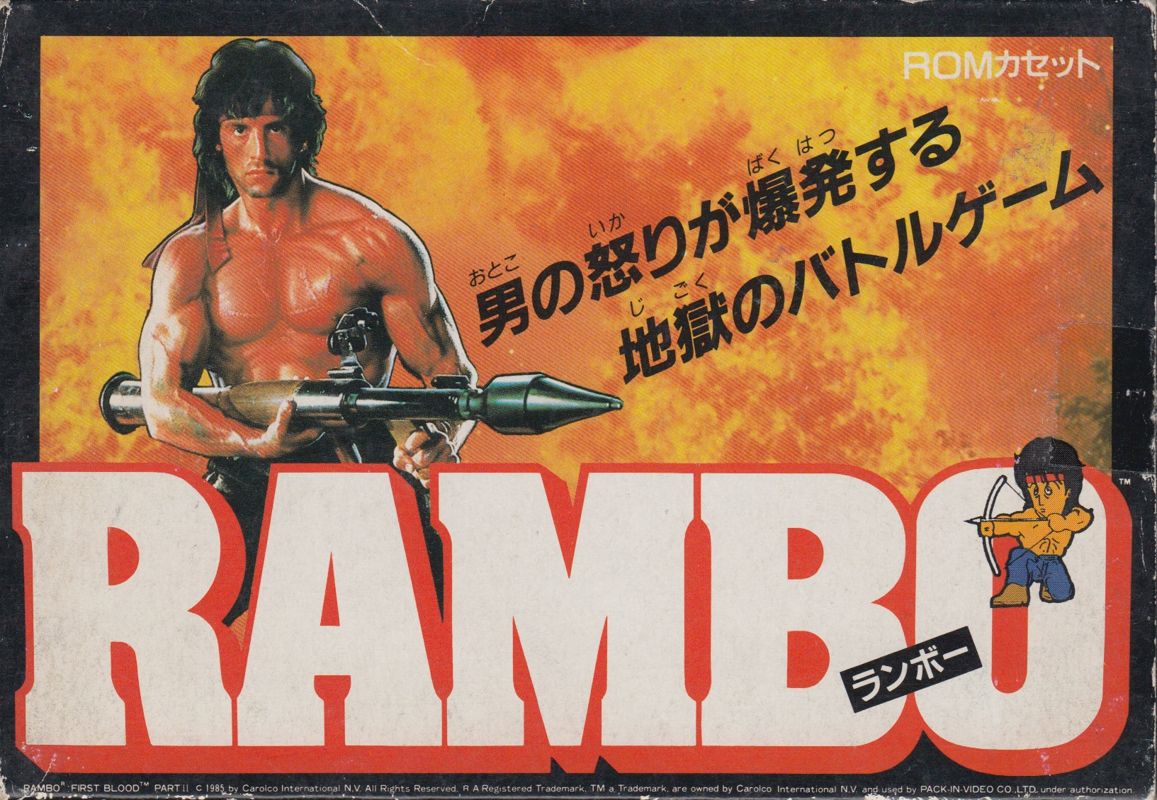
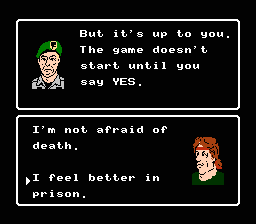
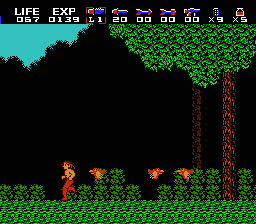
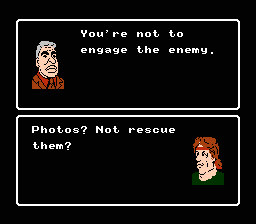
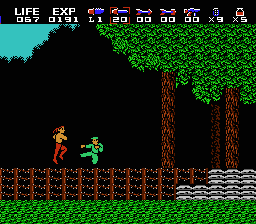
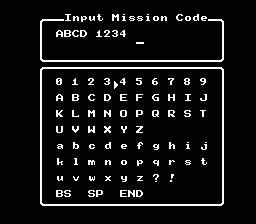



Reviews
There are no reviews yet.